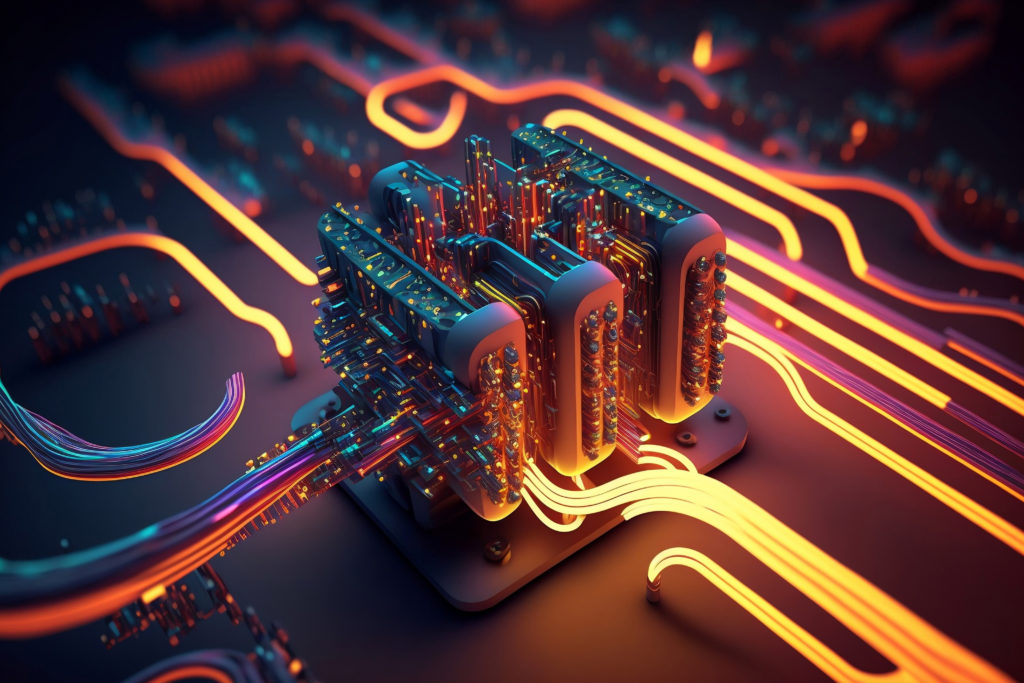 By: Jason D. Mills, Director of Marketing and Communications
By: Jason D. Mills, Director of Marketing and Communications
The undeniable influence of IoT and building automation on the building controls industry presents an opportunity to boost energy efficiency, optimize spatial use, and elevate occupant experience. Integrating diverse IoT devices and systems is vital, while addressing security issues ensures a dependable and secure smart building environment. Cooperation among stakeholders, such as architects, engineers, and facility managers, is indispensable for effectively designing and implementing state-of-the-art solutions.
The potential of IoT and building automation is further enhanced by data analytics, which helps advance smart building innovation. IoT devices, including sensors, actuators, and controllers, generate data that offers valuable insights into building performance and occupant behavior. Harnessing this data effectively requires powerful analytics tools and platforms for real-time processing, analysis, and visualization.
Predictive models are a crucial aspect of data analytics in smart buildings. By examining historical data, machine learning algorithms can identify patterns and trends to predict future building performance. This enables facility managers to optimize building operations, reduce energy consumption, and anticipate maintenance needs. Predictive analytics can also guide decision-making during building expansions or retrofitting, ensuring investments target high ROI areas.
Digital twins, virtual representations of physical assets, have emerged as another vital development in IoT and building automation. Continuously updated with real-time IoT data, digital twins allow stakeholders to simulate, analyze, and test various scenarios to optimize building performance, identify potential issues, and develop proactive solutions. Integrating digital twins with advanced data analytics leads to a comprehensive and accurate understanding of a building’s performance, ultimately improving efficiency and cost savings.
Despite the benefits, IoT and building automation technologies face challenges, such as data privacy and security protection. Robust cybersecurity measures are essential to safeguard sensitive information and prevent unauthorized access. This involves implementing secure communication protocols, encryption technologies, and regular security audits to identify and address vulnerabilities.
Standardization and interoperability between IoT devices and systems also pose challenges. With numerous manufacturers and suppliers providing IoT solutions, stakeholders may struggle to select and integrate devices that work seamlessly together. Developing and adopting industry-wide standards can facilitate interoperability, requiring collaboration among device manufacturers, software developers, and regulatory bodies.
Addressing these challenges will lead to energy-efficient, sustainable, and user-friendly buildings, benefiting occupants and contributing to global climate change mitigation and sustainable development efforts. By focusing on data validation and open-source solutions, stakeholders can significantly enhance the smart building industry.
To learn how to take advantage of the IoT and optimize your building’s performance, contact the Building Geniuses at KMC Controls and take advantage of cutting-edge technologies. Our team of experts is committed to providing solutions for a more sustainable, efficient, and comfortable built environment. Revolutionize your building automation projects – reach out to KMC Controls today and start building a smarter future.
 Cart
Cart